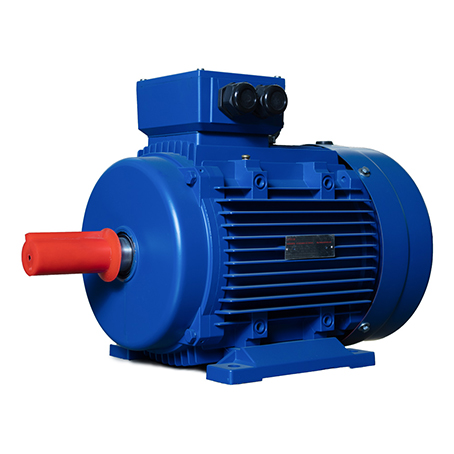No-load current refers to the size of the current when the motor is not pulling a load. In order to describe the size of the no-load current, the ratio of the no-load current to the rated current is often used for comparative analysis. To this end, we start with the relationship between rated current and size.
When the rated power and voltage of the motor are the same, the rated current depends on the efficiency and power factor of the motor. It can be seen from the technical conditions of motor products that under the same rated power and rated voltage conditions, the efficiency and power factor of multi-pole low-speed motors are relatively small, and the difference in power factor of motors with large differences in pole numbers is greater than the difference in efficiency. more obvious. Simply from the size relationship formula, it can be deduced that the rated current of a motor with a larger number of poles will also be larger.
For motors with the same power and different pole numbers whose efficiency difference is not very large, the main manifestation is the difference in power factor. Most of the no-load current of the motor is used to generate a rotating magnetic field, and its current size is very close to the excitation current. Therefore, the size of the excitation current basically determines the size of the no-load current.
In the calculation formula of the motor current parameters, the excitation current is positively related to the number of pole pairs of the motor. Although it is also related to other parameters, the influence of the number of pole pairs is more obvious. Therefore, under the same power condition, the no-load performance of the low-speed motor The current is relatively large. In view of the relationship between the rated current of the motor and the size of the excitation motor, the theoretical basis for the relatively large no-load current of the multi-pole motor can be basically determined.
Taking a three-phase asynchronous motor as an example, the no-load current of a 2-pole motor is generally about 30% of the rated current, while the no-load current of an 8-pole motor may reach 50-70% of the rated current; for some special-purpose motors, The no-load current is basically close to the load current.
Therefore, we can also qualitatively determine the performance level of the motor through the size of the no-load current. However, in view of the mutual influence between the various parameters of the motor, we cannot simply evaluate another parameter or performance based on the size of one parameter.
Post time: Oct-30-2024

